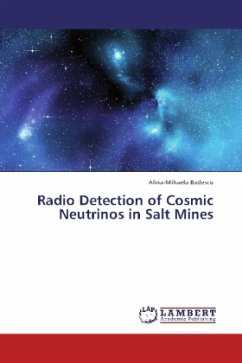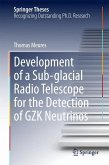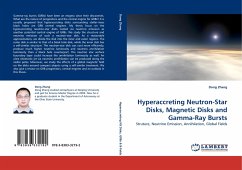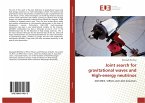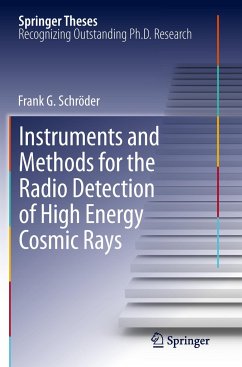Neutrinos were postulated by Wolfgang Pauli in 1930 to fully explain the beta decay. All three neutrino types were detected in laboratory experiments only 70 years (and a Nobel Prize) later. These tiny particles can oscillate between the three flavors and their mass is still unknown. The detection of cosmic neutrinos is a subject under study for more than 20 years. Nevertheless, many neutrino telescopes have not discovered any particle. The latest observation technique is the radio detection of the electromagnetic emission resulted from neutrino s interaction on Earth. A neutrino radio-detector is usually built in a cubic kilometer geological formation. It uses natural media that are transparent for radiowaves, such as polar ice or salt from salt mines (as in Romania). Best to our knowledge, work presented in this manuscript represents the only running project worldwide that studies the possibility to detect neutrinos indirectly, by radio fields measurements.
Bitte wählen Sie Ihr Anliegen aus.
Rechnungen
Retourenschein anfordern
Bestellstatus
Storno

